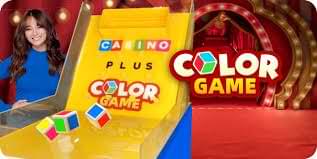


Table of Contents
History
Color Game, also known as “The Color Game: A Musical” or simply “The Color Game,” is a theatrical production that emerged from a collaboration between Jeff Bowen and Hunter Bell, both of whom are notable figures in the world of musical theater. The show gained prominence particularly for its unique and experimental approach to storytelling and production.
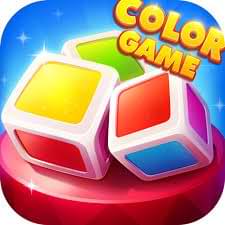
Here’s a brief history of The Color Game:
- Origins and Development:
- Jeff Bowen and Hunter Bell, who previously worked together on the musical “[title of show],” began brainstorming ideas for a new project.
- They wanted to create something that pushed the boundaries of traditional musical theater, focusing on themes of creativity, collaboration, and the artistic process itself.
- Concept and Structure:
- The Color Game is not a conventional narrative musical but rather an exploration of ideas and emotions through music, movement, and visual elements.
- The show incorporates elements of improvisation, audience interaction, and multimedia to engage viewers in an immersive experience.
- Premiere and Reception:
- The Color Game premiered at a theater festival or as an experimental piece in a smaller venue, gaining attention for its innovative approach.
- Critics and audiences responded positively to the show’s bold experimentation and its ability to resonate with themes of artistic struggle and self-discovery.
- Legacy and Influence:
- While not achieving the mainstream success of some other musicals, The Color Game has contributed to the evolution of experimental theater.
- It has inspired other artists to explore unconventional storytelling techniques and push the boundaries of what musical theater can achieve.
- Current Status:
- As of the latest updates, The Color Game continues to be performed in various forms, sometimes adapted or reimagined by different theater companies and directors.
- Its legacy lives on in the ongoing experimentation and innovation within the musical theater community.
Overall, The Color Game stands as a testament to the creative spirit and willingness to explore new avenues in musical theater, leaving an indelible mark on those who experience its unconventional approach to storytelling and performance.
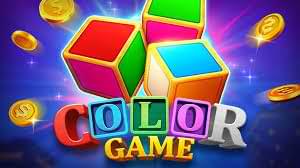
The Color Games” could refer to:
- Color-themed Events or Competitions:
- These are often community events or team-building exercises where participants engage in various challenges or games that involve colors. Examples include color runs, where participants are splashed with colored powders as they run, or themed events where teams compete in colorful activities.
- Artistic Projects:
- Sometimes, “The Color Games” can be associated with artistic projects where colors play a central role. This could involve collaborative art installations, exhibitions, or even digital projects where colors are used creatively to convey emotions, ideas, or narratives.
- Educational Initiatives:
- In educational contexts, “The Color Games” might refer to activities or programs aimed at teaching children about colors, their properties, mixing colors, or their cultural significance.
Rules and regulations
Rules and regulations for color games can vary depending on the specific game being played. Here are some general guidelines that are often applicable:
Objective:
- Clearly state the objective of the game. For color games, this might involve matching colors, identifying colors, or using colors in a specific sequence or pattern.
Participants:
- Define who can participate (age group, number of players, etc.).
Materials:
- Specify the materials needed to play the game (color cards, colored objects, etc.).
Setup:
- Describe how the game area should be set up (layout of cards or objects, arrangement of players, etc.).
Gameplay:
- Outline the sequence of play, including turns, actions allowed, and any restrictions (time limits, penalties for mistakes, etc.).
Scoring:
- If applicable, detail how points or scoring is determined.
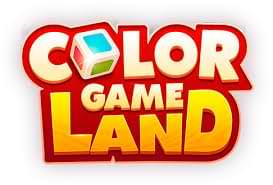
Winning:
- Explain how a winner is determined (e.g., first player to reach a certain score, last player standing, etc.).
Fair Play:
- Emphasize fair play and sportsmanship. Include rules against cheating or unsportsmanlike behavior.
Safety:
- If there are physical elements to the game (such as moving around or handling objects), include safety guidelines to prevent accidents.
Rule Modifications:
- Clarify if there are any variations or optional rules that can be applied.
Rule Enforcement:
- Designate who enforces the rules (e.g., a referee, game leader, or consensus among players).
Feedback and Questions:
- Allow for questions and provide a method for resolving disputes or clarifying rules during gameplay.
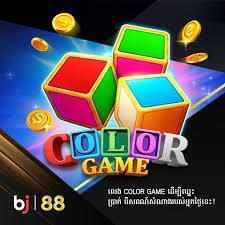
Conclusion
The conclusion of “Color Games” can vary depending on the specific context or content of the games being referred to. Generally, conclusions of color-themed games or events often highlight themes of diversity, creativity, and the vibrant spectrum of human experiences and expressions.
In a literal sense, if “Color Games” refers to a competition or series of events involving colors, the conclusion might emphasize winners and achievements, as well as the spirit of sportsmanship and participation.
Metaphorically, if “Color Games” symbolizes something broader like the diversity of cultures or ideas, the conclusion might celebrate unity amid differences, the beauty of individuality, and the power of collaboration.
Ultimately, the conclusion of “Color Games” often brings together the various elements explored throughout the event or concept, leaving participants and observers with a sense of appreciation for diversity, creativity, and the myriad ways in which color can enrich our lives.
You May Also Want:
- Mega Jackpot
- Mega Sabong
- Dark Gold 777
- The SLOTSLV: FREE 180 EVERYDAY PLAY NOW!
- Cgebet Online Casino
- GGBet Online Casino
- PCSO E-Lotto
- Laro88 Casino
- BetKFC
- kaswerte
- 99Fortune
- Milyo88
- Milyon88cc Bingo
- Milyon88cc Fishing Game
- Milyon88cc Casino
- Milyon88cc News
- Milyon88cc Uaap
- Milyon88cc tekken
- Milyon88cc disclaimer
- Milyon88cc elotto faqs
- Milyon88cc bendito casino
- Milyon88cc Mpl PH
- Milyon888
- Pokerstars
- ye7 Bonus
- Kaswerte
Leave a Reply